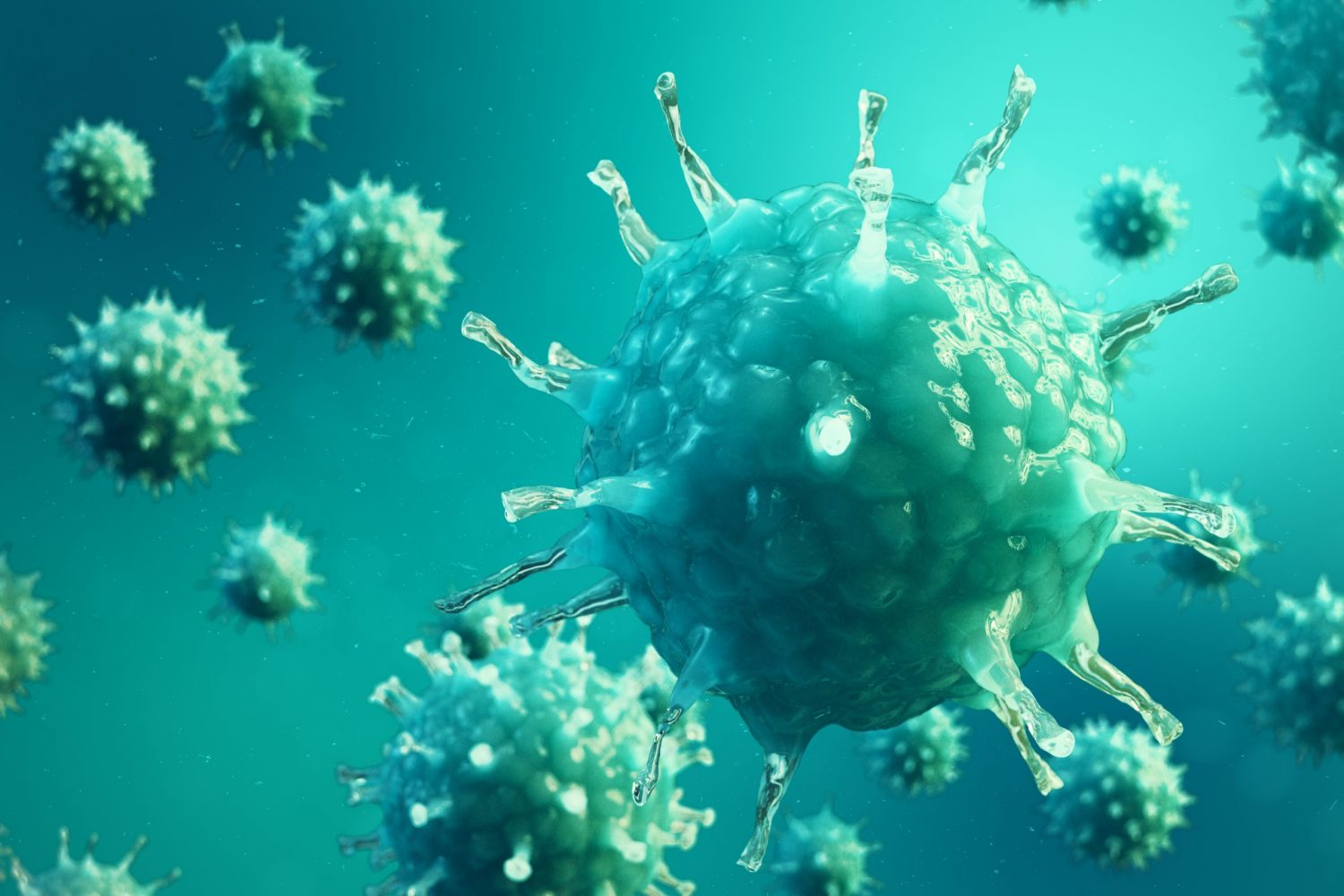COVID-19: “Flattening the Curve” II: Is China’s Response to the Coronavirus Pandemic the New Gold Standard?

Nonpharmaceutical interventions (NPIs), especially social distancing, saved lives during the 1918 Spanish Flu. A hundred years later, China, a country of 1.4 billion people from where the coronavirus originated has effectively “flattened the curve” by deploying modern day artificial intelligence (AI); construction and manufacturing prowess; robots, and forced cooperation of its citizens. After an initial delay, Beijing marshalled troops and workers who built two large Covid-19 specific hospitals in Wuhan within 10 days. Chinese doctors were the first to experiment with treatments like chloroquines, antivirals, and plasma from survivors. Technology giants Alibaba, Baidu, and Huawei; masked face-recognizing CCTV cameras; and a superior 5G capability helped China implement rapid and specific response measures. AI powers rapid diagnosis of coronavirus’s RNA secondary structure; a blockchain monitoring platform enables real time untampered tracing from all provinces; while a “Big Data Migration Map” helps predict changes in the epidemic. Home QR codes give detail histories (social score) of their occupants as officers man temperature checks and enforce mandatory use of face masks. Robots disinfect public spaces while smart helmets, scanners and drones measure peoples’ temperatures. Drones also deliver food and medication, and collect medical samples from quarantined homes. A “close contact detector” phone app warns of any nearby virus carrier while a green-yellow-red health code system designates who’s quarantined or allowed in public. Free cloud-based videoconferencing enables meetings and online schools. Royal Bank of Canada’s AI real-time analysis of Chinese economic output confirms a near return to normalcy in record time and low deaths.
Articles reviewed for this post:


